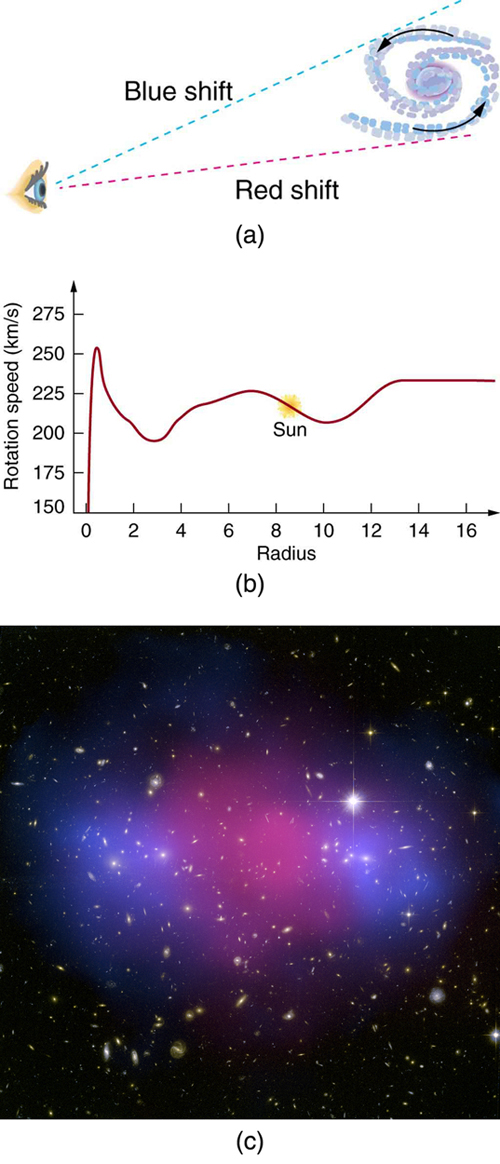From Wikipedia, the free encyclopedia
Content deleted Content added
|
|
|||
| Line 1: | Line 1: | ||
|
|
== Mario Louis Lachat == |
||
|
Mario Louis Lachat (* 1959 in [[Lausanne]]) is a Swiss cardiovascular surgeon. |
Mario Louis Lachat (* 1959 in [[Lausanne]]) is a Swiss cardiovascular surgeon. |
||
| Line 13: | Line 13: | ||
|
=== Life === |
=== Life === |
||
|
Mario Lachat studied medicine at the [[University of Lausanne]] from 1981 to 1986. During his studies, Lachat assisted the vascular surgeons [[Ninoslav Radovanovic]] and Slobodan Vecerina at the Clinique Cecil in Lausanne, who inspired him to become a vascular surgeon. After Lachat started working as an assistant doctor at the University Hospital Zurich in 1987, he was particularly encouraged and influenced by his boss, Marko Turina, and his deputy, Ludwig Karl von Segesser, and began his surgical training at the University Hospital Zurich in 1987 under the direction of Marko Turina, obtaining the title of FMH specialist in general surgery in 1994. This was followed in 1998 by recognition as a specialist in cardiothoracic and vascular surgery (FMH), in 1999 by recognition by the European Board of Thoracic and Cardiovascular Surgery (FETCS), in 2001 by recognition by the European Board of Vascular Surgeons (FEBVS) and finally in 2003 (following the establishment of the specialty of vascular surgery in Switzerland) as a vascular surgeon (FMH). |
Mario Lachat studied medicine at the [[University of Lausanne]] from 1981 to 1986. During his studies, Lachat assisted the vascular surgeons [[Ninoslav Radovanovic]] and Slobodan Vecerina at the Clinique Cecil in Lausanne, who inspired him to become a vascular surgeon. After Lachat started working as an assistant doctor at the University Hospital Zurich in 1987, he was particularly encouraged and influenced by his boss, Marko Turina, and his deputy, Ludwig Karl von Segesser, and began his surgical training at the University Hospital Zurich in 1987 under the direction of Marko Turina, obtaining the title of FMH specialist in general surgery in 1994. This was followed in 1998 by recognition as a specialist in cardiothoracic and vascular surgery (FMH), in 1999 by recognition by the European Board of Thoracic and Cardiovascular Surgery (FETCS), in 2001 by recognition by the European Board of Vascular Surgeons (FEBVS) and finally in 2003 (following the establishment of the specialty of vascular surgery in Switzerland) as a vascular surgeon (FMH). |
||
|
In 2002, Lachat was awarded a venia legendi in cardiovascular surgery (aortic aneurysm: open or endoluminal therapy?). From 2002 to 2019, he was Professor of Vascular Surgery at the University Hospital of Zurich.[2] He then set up as an independent surgeon at the Hirslanden Clinic in Zurich. He is currently (as of 2024) Co-Chief Physician and Director of the Research Department at the Aortic and Vascular Center Zurich[1] and Medical Co-Director at Endospan, Herzlyia, Israel[3]. |
In 2002, Lachat was awarded a venia legendi in cardiovascular surgery (aortic aneurysm: open or endoluminal therapy?). From 2002 to 2019, he was Professor of Vascular Surgery at the University Hospital of Zurich.[2] He then set up as an independent surgeon at the Hirslanden Clinic in Zurich. He is currently (as of 2024) Co-Chief Physician and Director of the Research Department at the Aortic and Vascular Center Zurich[1] and Medical Co-Director at Endospan, Herzlyia, Israel[3]. |
||
|
Lachat has also given lectures at national and international congresses. He is the author or co-author of over 400 publications and has been cited over 10,000 times[4]. |
Lachat has also given lectures at national and international congresses. He is the author or co-author of over 400 publications and has been cited over 10,000 times[4]. |
||
Latest revision as of 14:20, 17 October 2024
Mario Louis Lachat (* 1959 in Lausanne) is a Swiss cardiovascular surgeon.
– Life
– Research areas
– Weblinks
– Individual references
↑
Mario Lachat studied medicine at the University of Lausanne from 1981 to 1986. During his studies, Lachat assisted the vascular surgeons Ninoslav Radovanovic and Slobodan Vecerina at the Clinique Cecil in Lausanne, who inspired him to become a vascular surgeon[1]. After Lachat started working as an assistant doctor at the University Hospital Zurich in 1987, he was particularly encouraged and influenced by his boss, Marko Turina, and his deputy, Ludwig Karl von Segesser, and began his surgical training at the University Hospital Zurich in 1987 under the direction of Marko Turina, obtaining the title of FMH specialist in general surgery in 1994. This was followed in 1998 by recognition as a specialist in cardiothoracic and vascular surgery (FMH), in 1999 by recognition by the European Board of Thoracic and Cardiovascular Surgery (FETCS), in 2001 by recognition by the European Board of Vascular Surgeons (FEBVS) and finally in 2003 (following the establishment of the specialty of vascular surgery in Switzerland) as a vascular surgeon (FMH).
In 2002, Lachat was awarded a venia legendi in cardiovascular surgery (aortic aneurysm: open or endoluminal therapy?). From 2002 to 2019, he was Professor of Vascular Surgery at the University Hospital of Zurich.[2] He then set up as an independent surgeon at the Hirslanden Clinic in Zurich. He is currently (as of 2024) Co-Chief Physician and Director of the Research Department at the Aortic and Vascular Center Zurich[1] and Medical Co-Director at Endospan, Herzlyia, Israel[3].
Lachat has also given lectures at national and international congresses. He is the author or co-author of over 400 publications and has been cited over 10,000 times[4].
Mario Lachat is married and has two grown-up daughters.
↑
Although Lachat was particularly interested in cardiac surgery, the aorta increasingly became the focus of his research. Lachat became convinced that the aorta should be considered as a single unit and treated holistically by specialized surgeons, including interdisciplinary ones. In 2002, he became the first surgeon in Switzerland to specialize in aortic surgery, performing conventional, hybrid (partly open surgery, partly endovascular) or completely endovascular aortic procedures. The in-depth examination of the respective pathologies and the biological condition or life expectancy of the patient, as well as a sophisticated choice of treatment options, were able to significantly reduce the complication rates of more complex interventions. Lachat gained international recognition for this approach. Particularly in the treatment of acute patients or more complex aortic pathologies, his results shaped the international community and helped to bring about a breakthrough in newer and better treatment methods. Lachat established himself internationally as a pioneer in aortic surgery. During his years as head of vascular surgery at Zurich University Hospital, he established this visionary specialization in Switzerland. As early as 2003, his unit was divided into different areas (aortic surgery, venous surgery, tumor surgery, cerebrovascular surgery, peripheral vascular surgery) with respective heads. In 2018, Lachat initiated Switzerland’s first aortic center at the Hirslanden Clinic in Zurich.
In collaboration with interventional radiologist Thomas Pfammatter, he carried out pioneering work in the field of endovascular aortic surgery in Switzerland:
- First endovascular treatment of a ruptured abdominal aortic aneurysm (1998) in Switzerland[5][6]
- First endovascular treatment of a ruptured thoracoabdominal aortic aneurysm (2008) in Switzerland[7]
- First fenestrated aortic prosthesis implantation in 2004[8]
- First branched aortic prosthesis implantation 3.12.2008[9]
- First complete endovascular treatment of the thoracoabdominal aorta (2002) and the aortic arch (2010)[10]
- Consultant and co-developer of various endovascular products[11][12]
- Off-pump wrap isolated ascending aneurysm[13]
- Inventor of the STAT (sutureless telescoping anastomosis technique) / VORTEC[14] (Viabahn Open Revascularization Technique) anastomosis technique, the first sutureless connection method to become clinically established in cardiovascular surgery, both for the aorta and peripheral vessels. [15] The method shortens the ischemia time, prevents clamping lesions on the vessels and reduces the tissue trauma required to prepare the vessels for a suture anastomosis.
- ^ Lachat, Mario. “Hirslanden”. Hirslanden. Hirslanden Spital. Retrieved 17 October 2024.









 LOGAN, UT – December 15, 2022 – Wasatch Photonics is proud to celebrate its 20th anniversary of helping customers develop new applications of light. Founded in 2002, the company designs and manufactures high efficiency transmission gratings for spectroscopy, optical coherence tomography (OCT), astronomy, and pulse compression, as well as spectrometers for OCT, Raman, and other spectroscopic techniques.
LOGAN, UT – December 15, 2022 – Wasatch Photonics is proud to celebrate its 20th anniversary of helping customers develop new applications of light. Founded in 2002, the company designs and manufactures high efficiency transmission gratings for spectroscopy, optical coherence tomography (OCT), astronomy, and pulse compression, as well as spectrometers for OCT, Raman, and other spectroscopic techniques.









